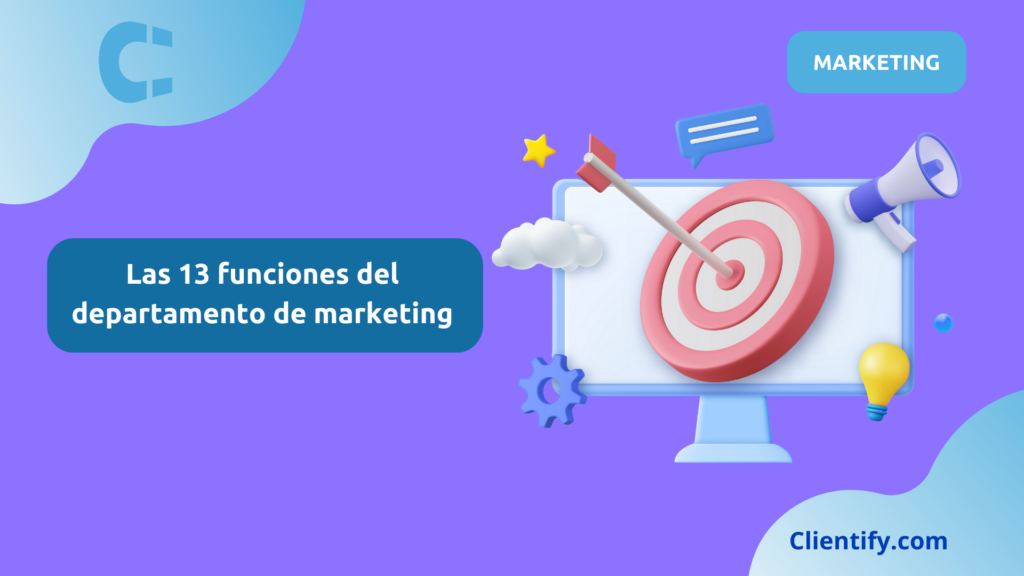The term “copy” refers to written content designed to persuade, inform or motivate an audience to take a specific action. Copy is critical to marketing strategies, as the right words can capture the attention of consumers, communicate the benefits of a product or service and convert leads into customers.
In this article, we will explore what copy is, how it is created and some successful examples that have had a significant impact on the industry.
1. What is a copy?
Copy is the text used in advertising and marketing materials to promote products, services, ideas or brands. It can be found in print ads, television commercials, websites, emails, social media posts and more. The main purpose of copy is to persuade the reader or viewer to perform a specific action, such as making a purchase, subscribing to a newsletter or attending an event. Good copy not only informs, but also inspires and motivates the reader, using clear, concise and engaging language.
2. Importance of copy in marketing
Copy is crucial in marketing for several reasons:
- Attention grabbing: In a world saturated with information, good copy can quickly capture the audience’s attention and differentiate the brand from the background noise.
- Effective communication: Copy allows brands to clearly communicate their value proposition, highlighting the benefits and features that differentiate their product or service from the competition.
- Persuasion: Copy uses persuasion techniques to convince the audience to take a specific action, such as making a purchase or registering for an event.
- Brand building: Through tone, style and message, copy contributes to building and strengthening brand identity.
- SEO and online visibility: In the digital environment, good copy is also optimized for search engines (SEO), improving the visibility and reach of the brand online.
3. How to create effective copy?
Creating effective copy requires a clear understanding of the target audience, campaign objectives and the basic principles of persuasive writing. Here are some key steps to developing effective copy:
- Knowing your target audience
Before you start writing, it is essential to understand who your target audience is. This includes knowing their needs, wants, problems and how the product or service can solve them. The more you know about your audience, the easier it will be to create a message that resonates with them. - Define the objective of the copy
Copy should have a clear and specific objective, such as generating sales, increasing brand awareness or driving registrations. Defining the objective will help guide the tone, style and content of the copy, ensuring that it is aligned with the desired results. - Highlighting benefits, not just features
A common mistake in copywriting is to focus only on the features of the product or service. Effective copy focuses on the benefits to the customer, i.e., how the product or service improves the customer’s life or solves a specific problem. It is crucial to communicate the real value to the customer. - Use clear and direct language
Copy should be easy to understand and free of unnecessary jargon. Using clear and direct language helps ensure that the message is understood quickly and avoids confusion that could divert the reader’s attention. - Incorporating a strong call to action (CTA)
Good copy always includes a clear and compelling call to action (CTA). The CTA should motivate the reader to take the desired action, whether it’s “Buy Now,” “Subscribe Today,” “Find Out More,” or any other specific action. - Test and optimize
Once the copy is created, it is important to test different versions to see which one resonates best with the target audience. This can include A/B testing for different headlines, CTAs and copy structures. Use the results of these tests to continually optimize and improve the copy.
/
4. Examples of copy that has worked
- “Just Do It” by Nike
Description: The “Just Do It” slogan is one of the most iconic examples of advertising copy. It was created in 1988 and has been used in countless Nike ads and marketing campaigns ever since. This copy is short, memorable and emotionally powerful. It invites people to push their limits and achieve their goals, aligning perfectly with Nike’s mission to inspire athletes around the world. - “Because You’re Worth It” by L’Oréal
This L’Oréal slogan has been a mainstay of its brand since the 1970s. This copy directly addresses the consumer’s self-esteem and self-worth. It makes customers feel that they deserve high quality products, which is a powerful and personal proposition. - “Apple’s “Think Different
Apple launched the slogan “Think Different” in 1997 as part of a campaign celebrating innovators and out-of-the-box thinkers. This copy captured the essence of the Apple brand as innovative and revolutionary. It inspired consumers to see Apple not just as a technology manufacturer, but as a brand that represents creativity and innovation. - Red Bull “Red Bull Gives You Wings” by Red Bull
This slogan has been Red Bull’s tagline for decades and has been used in a variety of advertising formats. It is a simple but effective phrase that communicates Red Bull’s value proposition of delivering energy and vitality. The tagline is memorable and has helped establish Red Bull’s brand identity as a beverage that drives action and adventure. - “There are certain things money can’t buy. For everything else, there’s Mastercard.”
This tagline, used in Mastercard’s “Priceless” advertising campaign, emphasizes the moments and experiences that are more valuable than anything money can buy. This copy connects emotionally with consumers by highlighting the importance of meaningful experiences and moments. It establishes Mastercard not just as a means of transaction, but as a facilitator of priceless experiences.
5. Conclusion
Copy is a fundamental tool in marketing and advertising that has the power to influence purchasing decisions and strengthen customer relationships. Creating effective copy requires an understanding of the target audience, clarity of objectives and an ability to communicate benefits persuasively.
Learning from successful examples can provide inspiration and guidance for developing messages that resonate and generate results. To master the art of copywriting, it is critical to continually practice, test and optimize to improve the impact and effectiveness of copy.




